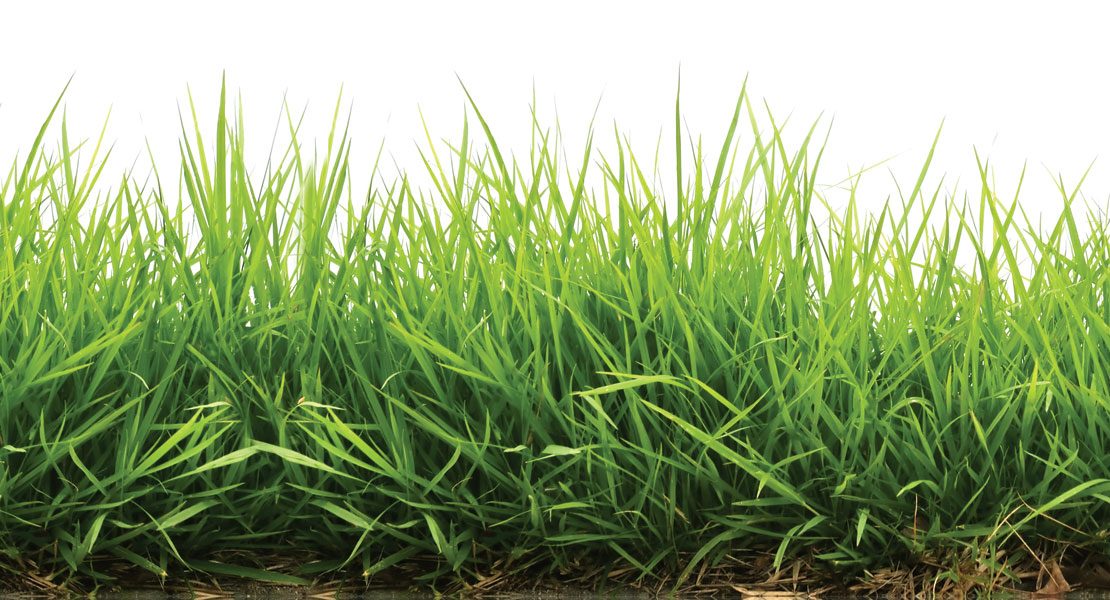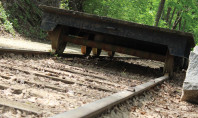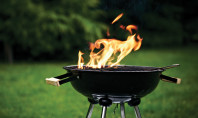Green With Envy: How to Have the Perfect Lawn

by Andy Cook
Summer is upon us. After what felt like one of the longest winters on record, spring finally came, and with that came the return of outside activities. With summer looking at us straight in the eye, it’s time to focus our energy on taking care of one of the largest focal points of your home: your lawn.
Some people may dread the buzz of lawn mowers and edgers, but to others, it really is one of the key sounds of summer. I actually enjoy the smell of newly cut grass. When I had a lawn to maintain, I took great pride in ensuring the ‘lines’ were straight and the sidewalk was edged. I also used a mulching mower because sometimes, mulching is better for your lawn than bagging.
Mike Rhoads, owner of Turfpro in Emmaus, has four keys to making your home the envy of your friends and neighbors. With 26 years of experience, Mike has seen pretty much everything there is to see when it comes to lawns, and he has this to offer even the greenest gardener:
Key #1:
Aerate Your Lawn in Spring and Fall
“Aerating your lawn is the most important thing you can do,” says Rhoads. Aeration is a process that allows air into your lawn, which loosens the soil and also promotes hearty roots to grow deeply which produces a stronger lawn. This process also helps water and nutrients (like fertilizer) to penetrate the soil as well, and assists with drainage. Spring and fall are the best times to aerate. Aerators can either be bought or rented, depending on how much property you have. There are different types, so take the time to investigate which would best serve your needs. There are ways to evaluate your lawn to determine what you should do, so a quick internet search or consult from a lawn professional can help determine your next steps.
Key #2:
Use a Slow-Growth Fertilizer
“Using a proper slow-growth formula fertilizer to combat weeds and promote growth is essential for a green lawn,” says Rhoads. Whether it’s in liquid or granular form, the key is that you use a slow-growth vs. fast-growth fertilizer. Typically, the granular is what you’ll see available in the big box and neighborhood hardware and home centers, and the liquid is what the professionals use (in the big trucks). If you use the granular type, consider picking up a broadcast spreader, which is essentially a spinning disc upon which the fertilizer is then broadcast over a wide area. There are walk-behind as well as hand-held types, and these are also good if you are seeding an area of your lawn which is thin.
The fast-growth fertilizers can result in the grass growing as much as 8” in a week, which is not what you want, unless you’re keen on mowing your lawn more than once a week. “A 75% slow-release fertilizer enables the nitrogen to be absorbed slowly for a nice, steady greening and steady growth,” Rhoads adds.
Key #3:
Properly Maintain Your Equipment
Did you know that cutting more than 1/3 off of your grass can cause damage to your lawn? You may see the yellowing of the grass tips, as well as a jagged look. Having your mower set at a height that is too low can stress the grass and could lead to disease and other lawn problems. Be sure to look at how tall the blades of grass are in your lawn and adjust your mower accordingly.
One way to combat this is by properly maintaining your equipment, especially by cutting your lawn with sharp blades on your mower. Professionals will have their mower blades sharpened every 8 cuts, which may be excessive for the average homeowner; you may want to consider a minimum of once a year (either beginning or end of cutting season), or perhaps 2-3 times a year, with a sharpening done mid-way through the summer.
Also, it’s important to keep the underside of your mower clean. Grass clippings can build up, cutting down on the blades’ efficiency and preventing the clippings from getting mulched or bagged due to clogged chutes. This grass buildup can also cause mower engines to potentially overheat. Remember, also, that gas engines require maintenance per the owner’s manual, and this may include filters, oil changes and spark plugs.
Key #4:
Install an Irrigation System
Installing an irrigation system enables you to provide the exact amount of water your lawn needs, no matter what time of year. Rhoads recommends doing this in warmer weather, when the ground isn’t hard and the trenching is easier. If you have budgetary constraints, consider a water sprinkler and a garden hose, especially if you want new seed or fertilizer to work at its best.
Nothing beats a leisurely stroll around your neighborhood, which can provide you with ideas for your next potential summer project. Use these keys to unlock a lawn you can be proud of.
















